Underrated Herbage: Yellow Sweet Clover
Yellow Sweet Clover (Melilotus officinalis) is common enough. Often considered a weed you can find it growing on the side of the road. But Melilot, formerly known as Melilot Trefoils (aka: king's clover, hart's tree, plaster plover, sweet lucerne and wild laburnum) has especially valuable characteristics.
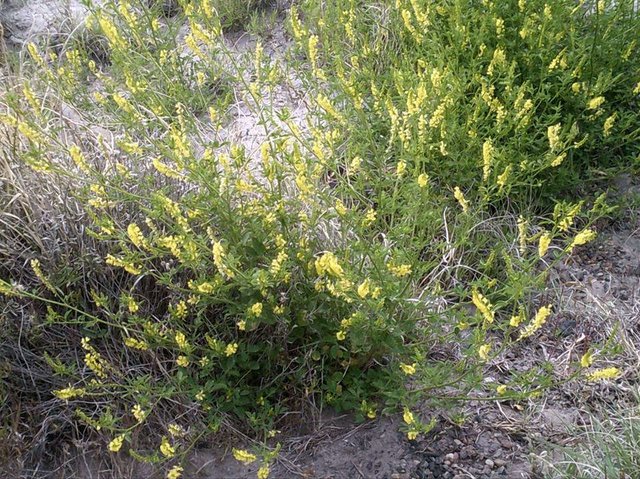
Sweet clover has great resistance to drought, adaptability to a wide variety of soils and climates, and abundant seed production. It’s a soil builder, fertility source, subsoil aerator, weed suppressor, and erosion preventer: Prior to World War II, before the common use of commercial fertilizers, the plant was used as a cover crop to increase nitrogen content and improve subsoil water capacity. As a nutrient scavenger sweet clover appears to have a greater ability to extract potassium, phosphorus and other soil nutrients from insoluble minerals than most other cover crops as the root system extends as far down as 20 feet! The plant can serve as both a soil stabilizer and a dynamic accumulator so its used in organic agriculture rotations or as a companion with a fast-growing grain crop. This species has a symbiotic relationship with certain soil bacteria, these bacteria form nodules on the roots and fix atmospheric nitrogen. Some of this nitrogen is utilized by the growing plant and some can used by other plants growing nearby. It will fix as much nitrogen as alfalfa and doesn't require an acid soil. Within a single season on even marginally fertile soils yellow clover produces abundant biomass…the quantity of forage per given acre second to none. Sweet clover is used against kochia, russia thistle, dandelion, perennial sowthistle, canada thistle, stinkweed and green foxtail. Letting sweet clover bloom and go to seed depletes the root reserves of weeds. However it is a rather poor competitor in the first year, but once established it provides effective weed control.
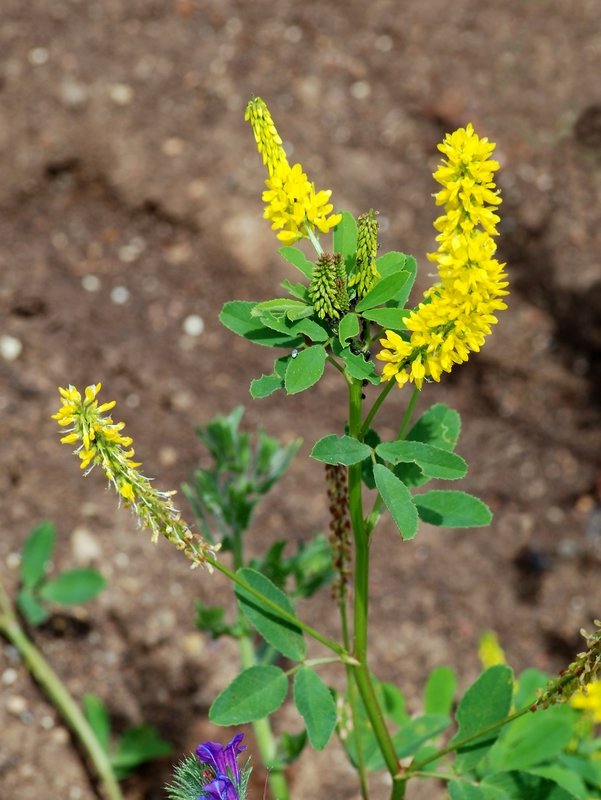
Sweet clover is also major source of nectar for domestic honey bees. It blooms in three to four months after sowing; producing an unusual wealth of honey-making blooms. The flowers remain in bloom for a longer period than almost any other honey-bearing plant.
Most importantly, melilot contains coumarins. If the plant dries and ferments these become converted to dicoumarol, which is a powerful anticoagulant to reduce the risk of phlebitis and thrombosis. If you know old people that go to western doctors, they are probably on some sort of coumarin, the drug is that common. It has a history of killing cattle. When the compound exists in bound form it poses no problem during grazing, but do not eat spoiled sweet clover. It is this property that is used as a rat poison. You can bleed to death if you get a high dose.
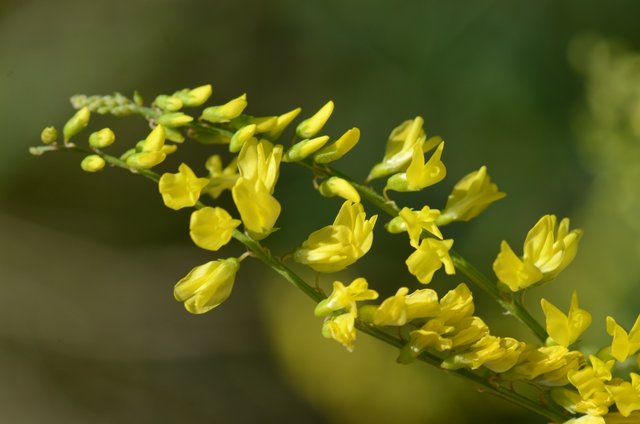
Its medical benefits are as follows and in no particular order. The flowering plant is antispasmodic, induces urination, , induces the removal mucous secretions from the lungs, it is mildly sedative and relieves nervous tension, neuralgia, palpitations, swollen and twisted veins, painful congestive menstruation. It’s used in the prevention of all sorts of thrombosis, flatulence and intestinal disorders. Externally, softens and soothes the skin, it is used to treat eye inflammations, rheumatic pains, swollen joints, severe bruising, boils and erysipelas, and was added to bath-water. In the field of epigenetics, some studies have found that dihydrocoumarin reverses epigenetic silencing and inhibits sirtuin deacetylases.
Sweet clover has been used as a phytoremediation—phytodegradation plant for treatment of soils contaminated with dioxins. The leaves are dried and used as an insect repellent especially in order to repel moths from clothing. In Switzerland, Melilot abounds in the pastures and is an ingredient in the green Swiss cheese called Schabzieger.
As a food cook the young shoots like asparagus. The young fresh leaves and seedpods are eaten in salads or cooked. The crushed dried leaves (careful to avoid mold) can be used as a vanilla flavoring.
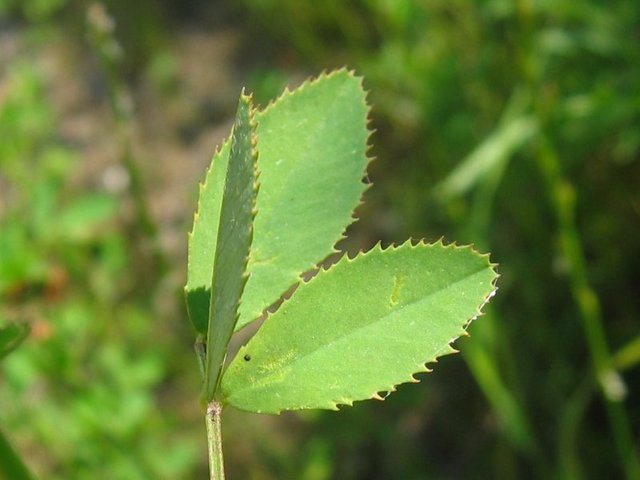
Melilotus officinalis is a annual/biennial/summer annual/winter annual legume. It prefers dry or moist soil and can tolerate drought. It is not frost tender and flowers from May to October. Suitable for light, medium and heavy soils, it prefers well-drained soil and can grow in saline soils. It cannot grow in full shade, it does not tolerate standing water.
Sweet clover can grow nearly anywhere with as little as 16 inches of rainfall per year. Sow in spring to summer as an annual, or let it grow the next year to over 6 ft. tall. Sweet clover is slow to establish the first year and may have some winter kill without adequate snow cover. Second year growth is tremendous. it provides new top growth to protect the soil surface as its roots anchor the soil profile. White types bloom 10 to 14 days later than yellow, but bloom for a longer season.
Leaves alternate on the stem and possess three leaflets. Yellow flowers bloom in spring and summer and produce fruit in pods typically containing one seed. Stems as hairless or with sparse fine short hairs. Seeds can be viable for up to 30 years. Plants have large taproots and tend to grow in groups. Plants have a characteristic sweet odor.
Spring seeding provides sweet clover ample time to develop an extensive root system and store high levels of nutrients and carbohydrates. It grows slowly the first 60 days. Pre-soaking the seed for 12 hours in warm water will speed up the germination process, particularly in dry weather. Commercial seed is scarified to break a non-porous seedcoat and allows moisture to trigger germination. If you use unscarified seed, check hardseed count on the tag and do not count on more than 25 percent germination. Germination will usually take place within 2 weeks. Seed at a depth of 1/4 inch, too deep is a common cause of poor establishment.
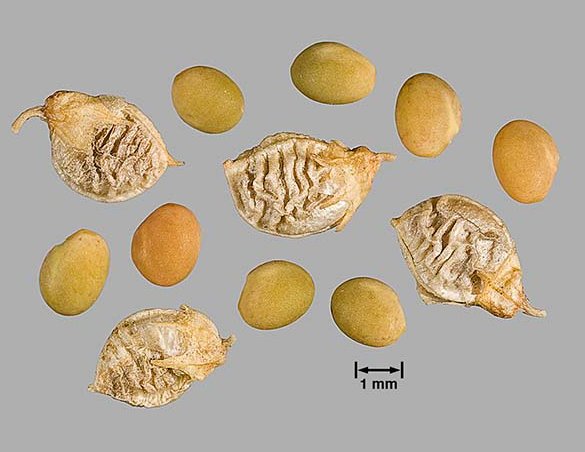
For first-year management, harvesting or clipping is usually discouraged. Second-year growth comes from crown buds that form about an inch below the soil surface. Avoid mowing or grazing of sweet clover in the six- to seven-week period prior to frost when it is building final winter reserves. Root production practically doubles between fall and winter. After it breaks winter dormancy, sweet clover has explosive and vigorous growth.
Yellow cultivars include Madrid, which is noted for its good vigor and production, and its relative resistance to fall freezes. Goldtop has excellent seedling vigor, matures two weeks later, provides larger yields of higher quality forage and has a larger seed than Madrid. Leading white biennial cultivars are Denta, Polara and Arctic. Arctic are adapted to very cold winters. But as always, when buying seed be sure they are not GMO.
This ebay link looks like a good choice as it has a choice of seeds for pollinator or food.
http://www.ebay.com/itm/121759445597?_trksid=p2055119.m1438.l2649&var=420752832443&ssPageName=STRK%3AMEBIDX%3AIT
I'm really enjoying these posts. Very informative. I hope there's much more to come
Thanks for the support